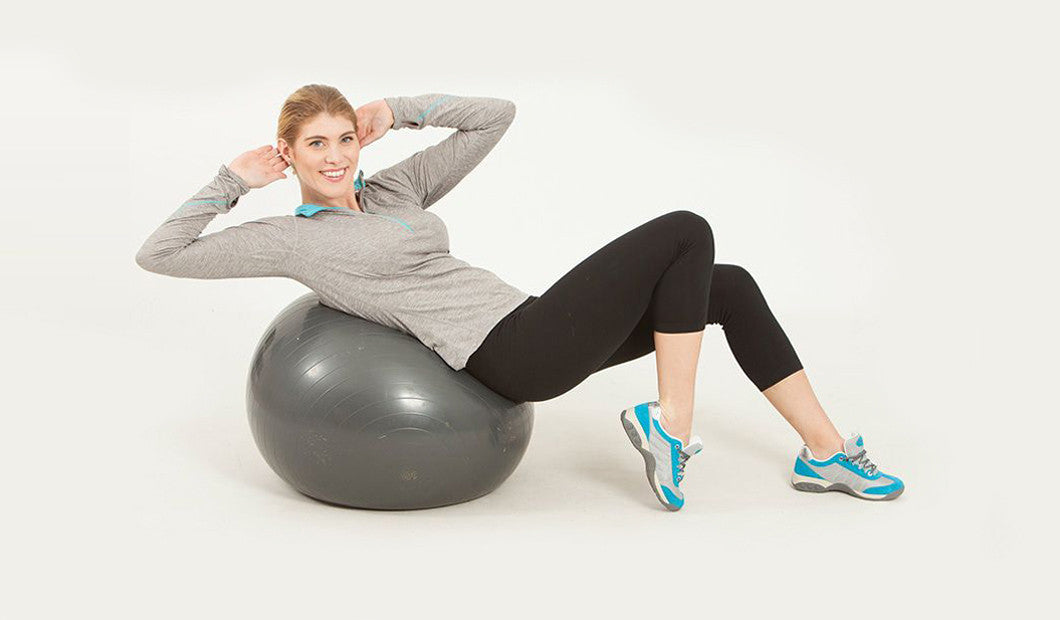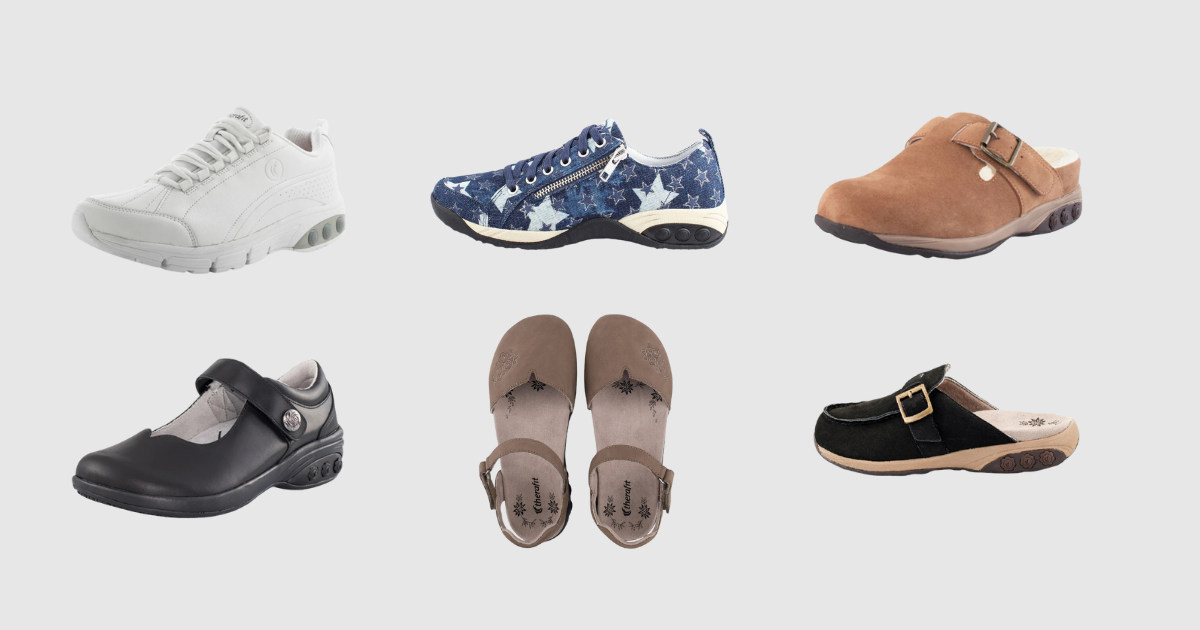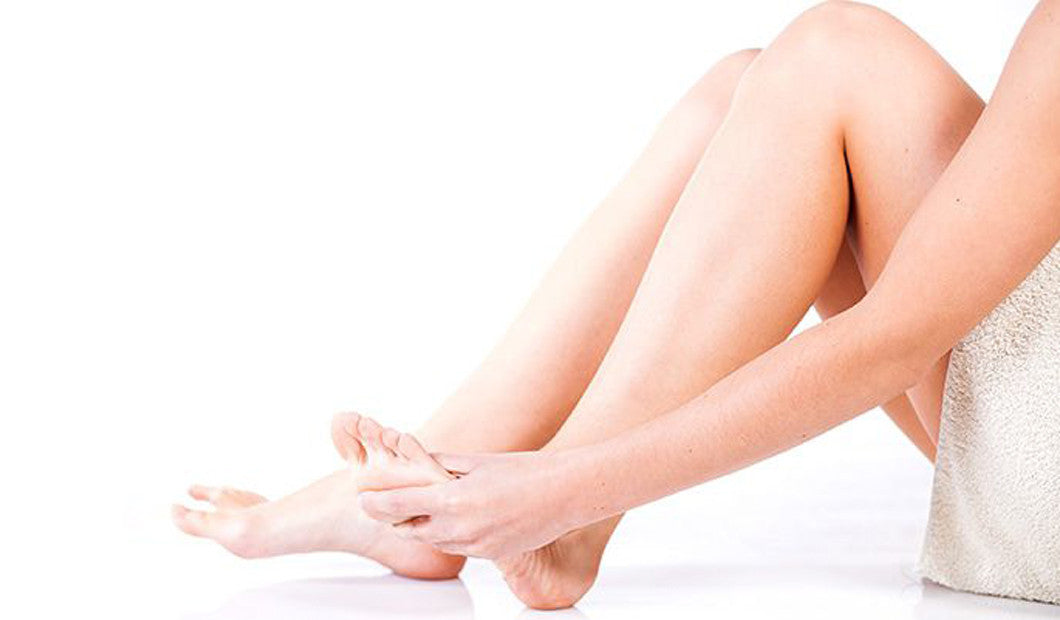Why Therafit, a Doctor's Perspective

The goal of Therafit is to truly be a shoe brand where comfort meets fashion. But what sells Therafit shoes is the Personal Comfort System (PCS). I’ll discuss the other features in upcoming blogs.
As a healthcare provider, the PCS system termed “comfort adaptor inserts” caught my attention. I immediately recognized the value and potential of these adaptors. They are easily compared to the “pegs” or “posts” placed in shoes or medical-grade orthoses. These adaptors attempt to cushion or stabilize the foot within the construction of the products.
Most athletes or those purchasing high-end walking shoes have heard the term “anti-pronation shoes,” which prevent arch collapse or pronation. What these features are attempting to do is slow down the forces that cause the foot to collapse and bear excessive weight in certain areas of the foot.
Collapse in these targeted areas lead to soft tissue injuries such as Achilles tendonitis, plantar fasciitis, metatarsalgia, etc. Pain in the heel, arch, and ball of the foot are the most common biomechanically-oriented symptoms experienced in the foot.
But there are foot types that don’t collapse like other feet; they have too high of an arch. This is where the possibilities begin with the comfort adaptor inserts.
By removing one or more of these adaptors, the foot can be directed to a position that may alleviate pain in areas associated with your particular foot type, whether you have a low arch, medium arch, high arch, or even neutral feet. Many, many diagnoses - from toe pain to hip and back pain – are associated with problems in your feet. Some practitioners believe the foot is a cause of TMJ syndrome in the jaw!
So, for those with tight heel cords who experience calf aches, Achilles tendonitis, or symptoms caused by tight heel cords (termed equinus or tight calf muscles), the comfort adaptor inserts can be removed entirely to create a subtle negative heel – applying a gentle stretch on this important tendon group.
In our “Ask A Doc” series, I have consulted Dr. Patrick DeHeer, team podiatrist to the Indiana Pacers and Indiana Fever. He says, "It is important to wear the correct shoes and it is always a good idea to ask your healthcare practitioner if a shoe design is good for your particular foot type or athletic needs. Footwear should be given the same consideration as any other piece of sporting equipment. Sports shoes should protect as much as possible, be durable, and should be right for the sport and surface. If running, the shoe should have adequate cushioning in the mid-sole and a flared heel for stability. Some heel rockers and/or cushion can cause a tight heel cord condition to worsen.”
If your foot pain persists and Therafit shoes haven’t improved your symptoms, please consult your physician and ask these questions:
- Do I have tight calf muscles? And which ones are tight?
- How did it happen?
- What are my treatment options?
- How can I prevent this from happening or worsening?
- Are my tight muscles the cause of other problems with my feet and ankles?
Also remember – Therafit will soon be launching their own “Performance Insole” to enhance foot comfort in our efforts to meet your needs for more. Thank you for allowing me the opportunity to begin explaining “Why Therafit” from a medical perspective.
References:
Biomechanics of the First Ray Part V: The Effect of Equinus Deformity | CH Johnson and JC Christensen in J. Foot Ankle Surg. 44: 114-120, 2005.



